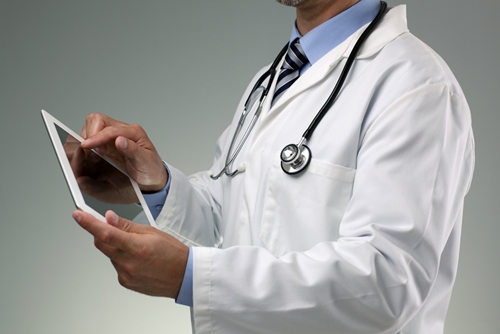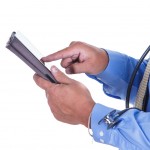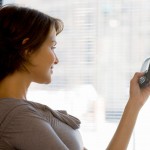Federal agencies using EHRs, HIEs and social media for disaster relief
In order to mitigate the effects of natural or man-made disasters on U.S. citizens' health, the U.S. Department of Health and Human Services is increasing its efforts to identify patients at risk and keep health providers informed during crisis events through a combination of information gathered by electronic medical record systems and social media, according to a blog post on HealthITBuzz by Karen B. DeSalvo, M.D., M.P.H, M.Sc., national coordinator for health information technology, and Gregg S. Margolis, Ph.D., director of the Division of Health Systems and Health Policy.
According to the HHS Idea Lab, three teams were chosen from a pool of HHS Ventures Program applicants to start a nine-month effort on their selected tasks. One team's proposal was supported by the U.S. Office of the National Coordinator and the Assistant Secretary for Preparedness and Response. It calls for the connection of California's 35 health information exchanges leveraged by EHRs with emergency medical service organizations in order to ensure that all providers and state agencies have access to health data during emergencies.
The proposal stated that this HIE will require two activities. First, EMS personnel must send data from EHRs to hospital emergency departments and hospitals need to make this patient information equally available to EMS staff members while they are in the field. Patient outcome data will support EMS care improvement objectives and inform hospitals' EDs of incoming patient diagnoses. Second, EHR systems and health information organizations will be connected to interoperability brokers that can access data through Web portal user interfaces by means of health care enterprise integration standards. During a disaster, this Web portal will be activated, and health professionals and first responders will be able to access it.
Other planned federal initiatives
DeSalvo and Margolis also wrote that the White House-hosted Innovation for Disaster Response and Recovery Initiative Demo-Day brought technology gurus, entrepreneurs and the disaster response community together in order to showcase tools for large-scale emergencies. This event is part of a strategy developed by the White House Office of Science and Technology Policy and the Federal Emergency Management Agency to leverage the innovation of disaster-relief technology from 80 organizations. The HHS used the opportunity to announce two initiatives.
Social media
One HHS initiative is a website, NowTrending.hhs.gov, that will collect information from the social media website Twitter to give providers, local and state health departments and public health emergency organizations insight into emergent trends in health and disasters. In the past two weeks, the website has gathered 7,525,466 tweets from Twitter that match at least one of the 234 condition terms for 27 different health issues. Two percent of those were tagged with a location, while 63 percent allow the HHS to determine the users' geographical area based on their profile descriptions.
Locational and weather data
The other initiative is the HHS At-Risk Resiliency Interactive Map, according to the blog post. This is an open data map sponsored by ASPR and the U.S. Centers for Medicare and Medicaid Services that shows the number of electricity-dependent Medicare beneficiaries at different levels for territory, state, county and ZIP code. It combines this information with the U.S. National Oceanic and Atmospheric Administration's real-time weather-tracking abilities to discover areas that may be affected by severe weather conditions and at risk of experiencing power outages. This map will soon be a publicly available website.
DeSalvo and Margolis stated that none of this would be possible without the health information technology such as EHRs and HIEs currently supported by providers across the country. Additionally, these are only a few initiatives of many planned by the HHS and ONC to allow health organizations to better prepare and support communities and patients affected by disasters.



